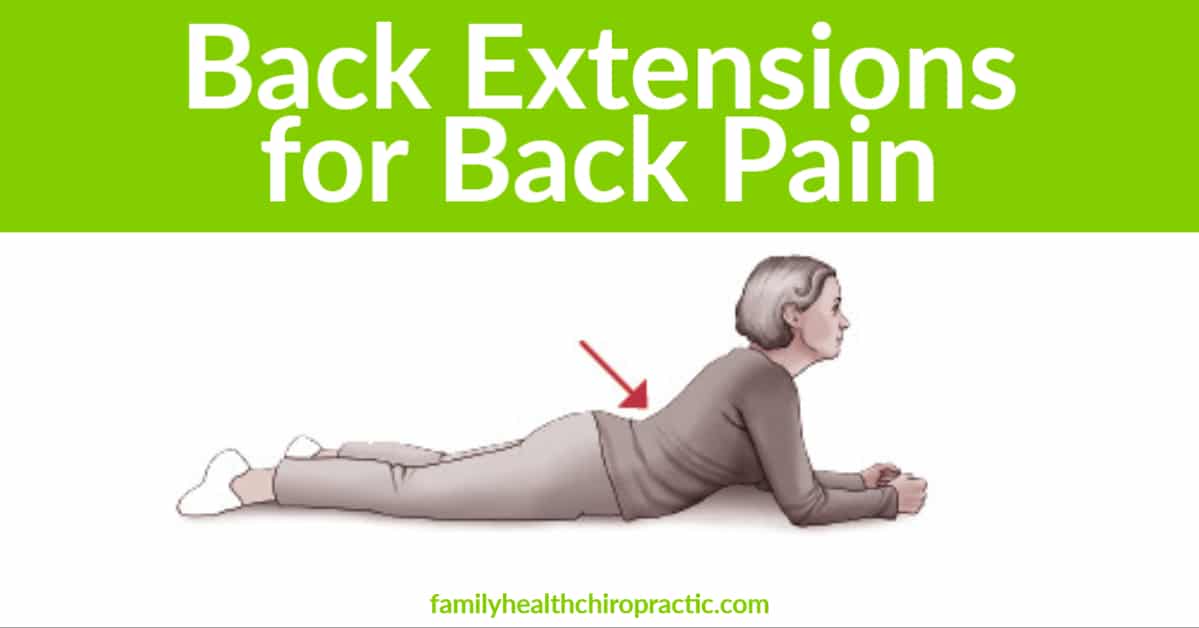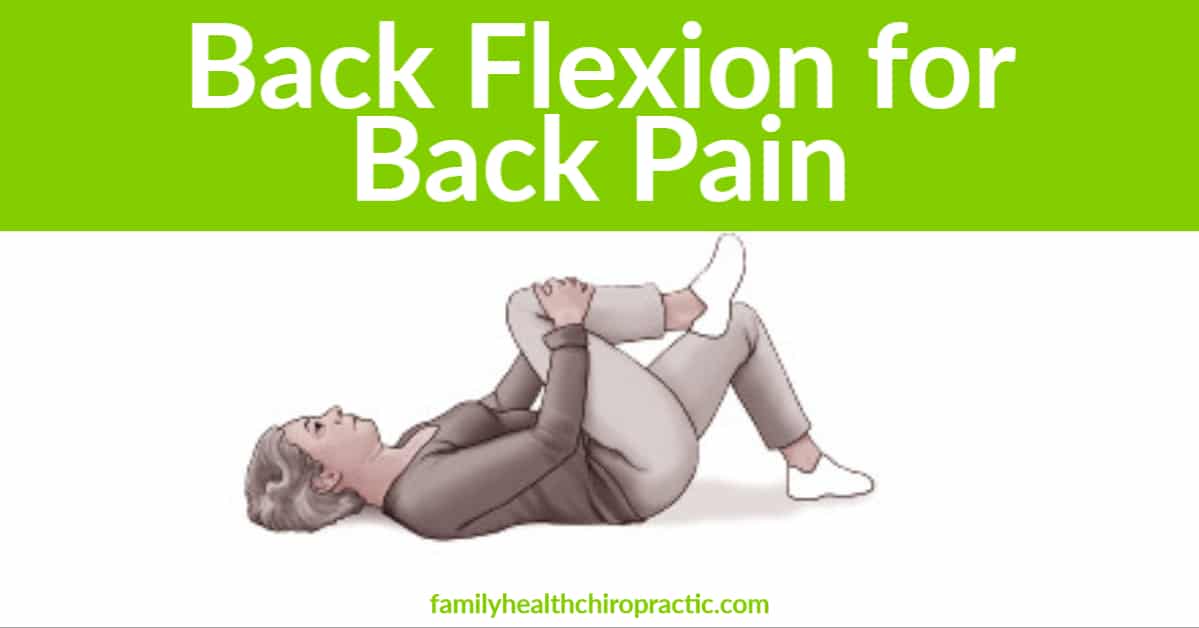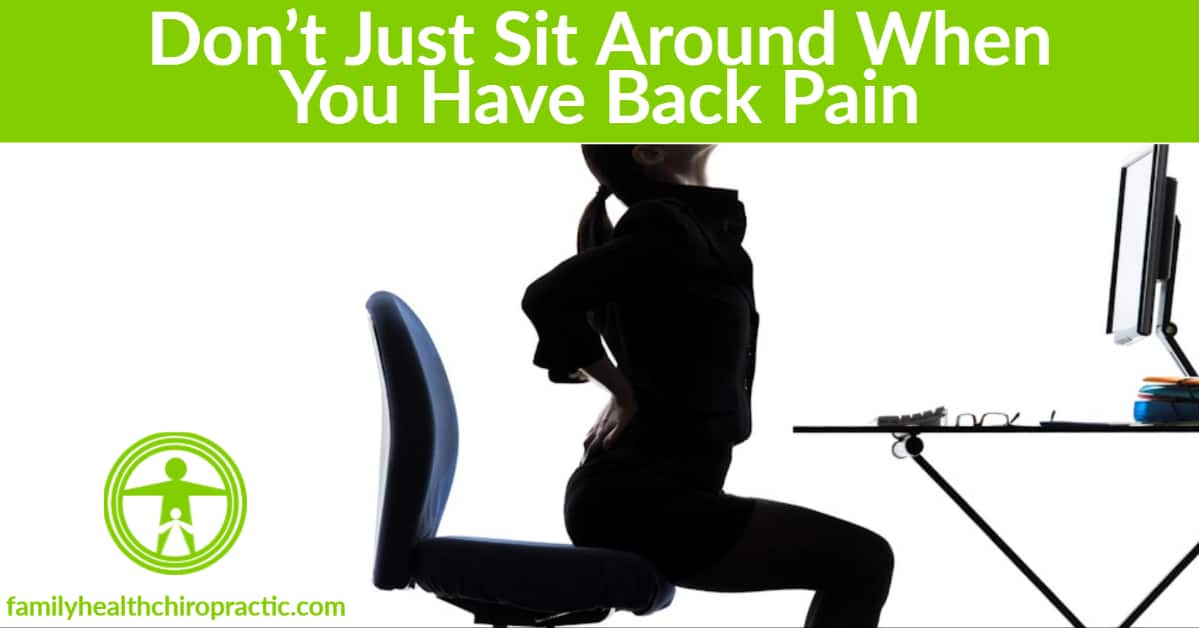Back Problems Can Be Aggravated from Sitting
Sitting down might be a way to relax after a long day, but if you have back pain or spinal column problems, sitting can increase your state of pain.
Sitting can aggravate certain spine conditions more than relieving it.
One of these conditions is degenerative disc disease. The spinal discs act as pads between the vertebrae in your back.
When we lose flexibility, if we are dehydrated or if we move in the wrong fashion, a disc can become herniated, meaning it develops a bulge that can pinch a nearby spinal nerve, causing pain.
There are several studies that have measured the amount of pressure on the discs in various positions. [1, 2, 3]
Not surprisingly, the pressure is lowest when you're lying down and highest when you're sitting down, and even worse when you sit with poor posture!
Disc problems can cause back pain alone, but when the pain moves into the legs, this may be the nerve pain known as sciatica.
Sciatica occurs when a herniated disc pinches one of your sciatic nerves. True sciatica is when you have pain that connects from the lower back into each leg and goes through the knee.
People with sciatica typically report a burning pain that involves the lower back, the leg, and sometimes the foot.
Although the specific reason for back pain is hard to identify, muscle spasms and weakness are probably the most common cause.
While there isn't proof from medical studies that sitting leads to more spasms, people often report tighter and more painful back muscles with prolonged sitting. This is likely why people experience stiffness and pain from long periods of driving.
Not all back conditions are made worse from sitting.
If you find that you feel better when you sit, there's a good chance that you have a condition called spinal stenosis.
In cases where the arthritis is severe enough to pinch nerves going to the buttocks and legs, people often report that the pain is better when sitting than standing.
This is because when you sit, you bend forward a little bit at the lower back, and this may spread out the arthritic bones enough to relieve the pain temporarily.
Pain relief may also occur when you lean forward while using a shopping cart or a walker.
When Should You Get Your Back Pain Checked Out?
In most cases, you should be able to manage back pain by yourself.
I would certainly start by modifying your activity and begin the process of improving your flexibility and mobility.
However, you should see a doctor if the pain isn't improving even after you've modified your activity for a week or two.
It's important to keep in mind that healing takes time and most injuries can take up to four to six weeks to see improvement.
Of course, if your pain is severe enough or if you have lost function such as muscle strength or bowel/bladder control, you should see a doctor right away.
How to Relieve Back Pain from Sitting
If you're experiencing back pain when sitting, your impulse may be to lie down and then try to slowly progress back to sitting.
But this is the wrong approach.
You should lie down to relieve the pain, but the goal should not be to return to sitting, but rather to regain your ability to stand and move.
So the goal of overcoming back pain that gets worse from sitting it to not feel better when you're on the chair, but to start moving.
Walking is better than sitting.
Doing a Yoga class and not hurting is better than sitting and not hurting.
So remember, Movement is The Best Medicine when it comes to relieving pain.
Regular physical activity can make the back stronger to reduce future episodes of pain.
Exercises should focus on increasing strength and improving range of motion — as well as ensuring balance on both sides of the body, as some back pain can start when one side of the body is stronger than the other.
In addition, whenever possible, avoid prolonged sitting.
If you sit at a desk in the office all day, get up periodically — at least every 20-30 minutes — and walk around.
Walk to get a drink of water or to pick up your mail.
Specifically, there are two exercises to try out when you're experiencing pain.
Back Extensions – The First Exercise to Try

The first exercise I would recommend anyone with back pain to do is the back extension exercise.
If your pain is severe, then start by simply laying on the floor and resting on your elbows for 10 seconds, then relax. Repeat 15 times every three hours.
If you're able to fully extend up onto your hands, then I would suggest pushing all the way up, holding for 1 second and then going back down to the starting position for 1 second. You would repeat 15 times every 3 hours and do this for 3 days.
If after 3 days of doing back extensions, you're not better, then start performing the opposite (back flexion exercises).
It's also important to not combine these two movements. So you would only want to be performing extensions and avoid any flexion movement (bending forward to stretch your back or bending forward to tie your shoes).
Back Flexion Exercise – The Second Exercise to Try

If Back Extension exercises don't help or reduce your back pain and you are sure you've done it for at least 3 days and avoided flexion movements, then the next step is to try Back Flexion Exercises.
To do this exercise, you would lie on your back with both knees bent.
Pull one knee toward your chest and hold it for 5 to 10 seconds. Return to the starting position. Repeat with the other leg. Do this 15 times with each leg every 3 hours for 3 days.
Final Thoughts
Sitting down can absolutely worsen back pain.
If you find that you're having back pain from sitting, then modify your work station or try to start moving more throughout the day.
If your pain doesn't improve, then consider the back extension or back flexion exercises I shared here.
In addition, you should incorporate other simple exercises including stretching on your own, Yoga and/or Pilates.
These exercises build not only strength, but also flexibility.
Finally, if you're doing all the things and you're still hurting, you should consider getting checked by a chiropractor or at the very least get xrays to make sure you're not dealing with something more serious.



